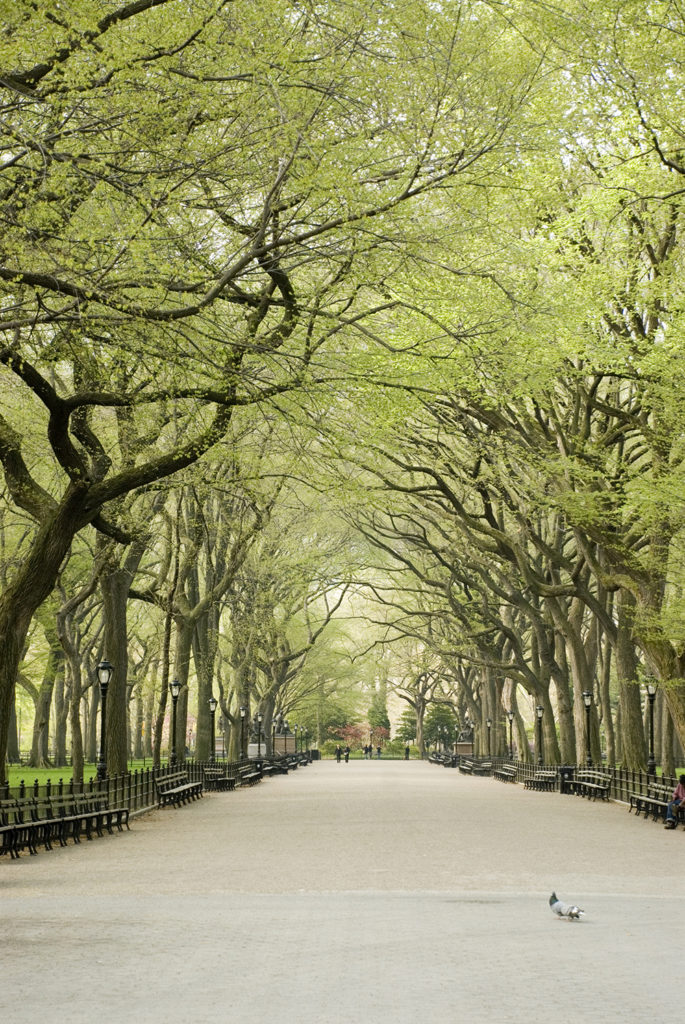LEGACY HERO: Elizabeth Barlow Rogers, New York City (2017)

As author, park administrator, founder and president of the Foundation for Landscape Studies, and longtime LALH board member, Elizabeth Barlow Rogers’s contributions to cultural landscape studies and preservation practice have influenced scholarship internationally and catalyzed the restoration of hundreds of iconic landscapes worldwide. Her magnum opus, Landscape Design: A Cultural and Architectural History (Abrams, 2001), was a singular gift to the field of landscape studies—and to intellectual and cultural history generally. The text, as Martin Filler noted in the New York Times, “stakes out and claims a breathtakingly vast terrain: the history of man-made landscapes from Neolithic times to the present.” It is one of eight books Rogers has published over the course of her career, initially as city planner and then park administrator, educator, and independent scholar. Her most recent work, Green Metropolis: The Extraordinary Landscapes of New York City, is both pragmatic and uplifting. It concludes with Rogers’s musings on New York’s High Line park, an industrial ruin transformed by creative landscape design that, in her words, inspires “wonder at the endurance of both nature and human aspiration.”
Without question, Betsy Rogers is the patron saint of New York’s largest and most famous park, which she helped rescue from despoliation beginning in 1979. At that sad moment, “the Sheep Meadow was a dustbowl and fifty thousand square feet of graffiti-covered rocks, monument bases, walls, bridges, and buildings,” she recalled. The following year Rogers and other concerned New Yorkers founded the Central Park Conservancy to address the rampant vandalism and neglect that had produced this blighted landscape. It was the first private-public conservation partnership of its kind in the world.

The brilliant idea was born of Rogers’s close reading of history and her incisive understanding of the moment in 1850 when another group of concerned citizens spearheaded legislation to acquire 843 acres in Manhattan for the purpose of creating a centrally located park. “It was therefore logical—at least to me,” she later explained, “to think that, if municipal government could not now respond to the plight of the park, perhaps the citizens of New York would be able to initiate an effort to rebuild it and reinstitute the management principles that would make it clean, safe and beautiful once more.”

She reasoned that the effort to rebuild Central Park would succeed only if it were grounded in the comprehensive vision and transcendental ethos that had guided the 1858 Greensward Plan. With keen perception, she saw two vital factors behind Olmsted and Vaux’s transformative design: a commitment to social equality and a belief in the redemptive power of nature. In Rogers’s view, the same factors could support the rebirth of Central Park. Guided by the Olmsted and Vaux plan, Rogers and her Conservancy network made rebuilding the park an imperative for New Yorkers who valued democracy and access to nature. The work she began in the 1980s was furthered under the direction of Douglas Blonsky, Rogers’s protégé and successor as president of the Central Park Conservancy.
In her research and writing, Rogers has continued to investigate the Romantic influences that propelled Olmsted and Vaux in their park making. These were the subject of Romantic Gardens: Nature, Art, and Landscape Design, an exhibition she organized for the Morgan Library and Museum in collaboration with curator John Bidwell and the landscape historian Elizabeth S. Eustis. Rogers’s essay in the accompanying catalog offers one of the first analyses of the effects of transnational Romantism on landscape, with emphasis on Prince Hermann von Pückler-Muskau and his great park in Silesia.
Rogers returned to the subject in her introduction to the reprint of Pückler-Muskau’s own book, Hints on Landscape Gardening. This volume, published by Birkhaüser in association with the Foundation for Landscape Studies, is one of several titles the FLS has developed for publication. Under Rogers’s editorship, the FLS also publishes Site/Lines, a journal that features lively essays by leading voices in landscape studies. Rogers’s ideas have influenced a generation of landscape scholars internationally, including many writing on American subjects, the focus of the LALH program. Collectively, we owe a great debt of gratitude to Betsy Rogers—for her contributions to the field and to the preservation of irreplaceable landscapes, in Central Park and beyond.
—Robin Karson is executive director of LALH.